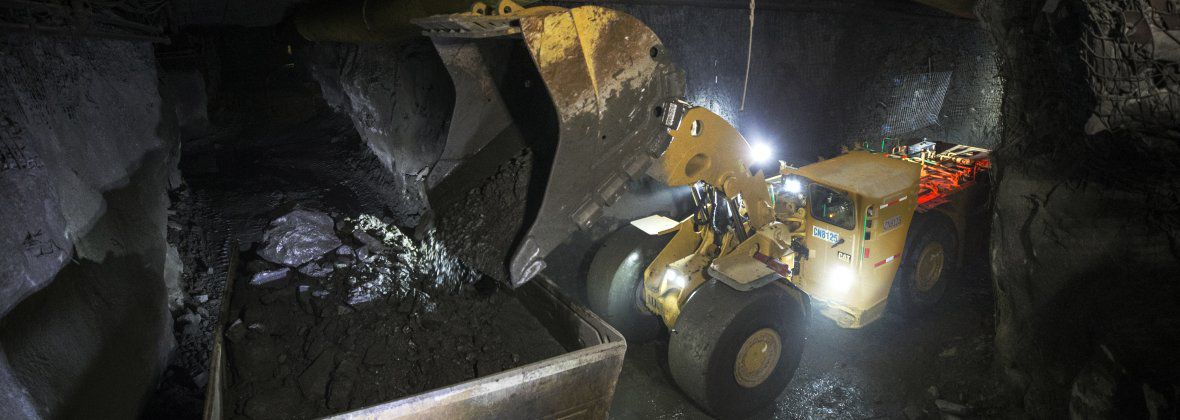

Sign In
Welcome! Sign In to personalize your Cat.com experience
If you already have an existing account with another Cat App, you can use the same account to sign in here
Register Now
One Account. All of Cat.
Your Caterpillar account is the single account you use to log in to select services and applications we offer. Shop for parts and machines online, manage your fleet, go mobile, and more.
Account Information
Site Settings
Security
Cat® R1700 fuel savings exceed expectations
One of the many positive outcomes of redesigning our Cat® R1700 LHD was a documented 34% fuel savings over the previous generation — a level of savings that exceeded expectations.
The most impactful change came from hydraulic system updates. We replaced gear pumps with piston pumps, giving operators full hydraulic functionality with the engine at idle. We also improved the mechanics of the hydraulic cylinders’ actuation points on the lift arms and bucket. In a nutshell, we made it easier for the cylinders to do their job — improving lift and tilt in the pile by 65%.
While it may seem contradictory, we also boosted fuel savings by moving from a smaller C11 engine up to the C13 engine. The key point of the change was load factor.

With updated hydraulics, a new electric HVAC system, more efficient and reactive traction control, and by employing a machine-wide power distribution system — the C13 spends less time under heavy loads than its predecessor. The transmission has new tools to communicate with the engine. With slightly higher rpms going through the shifts working on grade, the engine prevents drops in speed that it would otherwise have to overcome with more power.
We’ve also standardized on-demand fans for products that meet EU Stage V emission standards. These fans come on and draw power only when needed. A new power management system complements the on-demand fan. When the R1700 is busy loading, power is prioritized between the drivetrain and hydraulic system. When loading is finished and cooling is needed, the on-demand fan is brought online. Power management allows the engine to work at its most efficient loads without compromising production capability.
